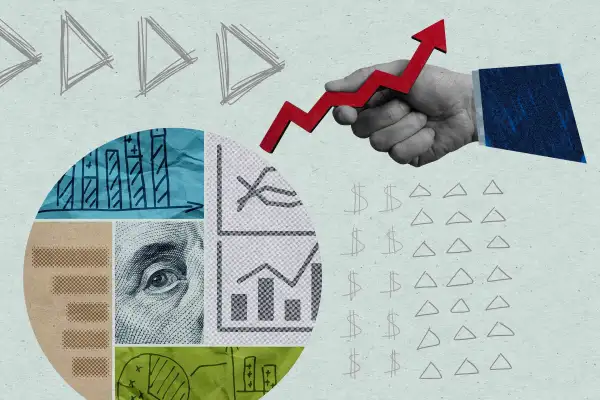This Is the Best Investment Right Now, According to Financial Planners
Money is not a client of any investment adviser featured on this page. The information provided on this page is for educational purposes only and is not intended as investment advice. Money does not offer advisory services.

Stock splits, IPOs, meme stocks and gold might be grabbing headlines this year, but behind the scenes, they're taking a backseat to a classic, low-risk investment tool: exchange-traded funds, aka ETFs.
ETFs are the most commonly recommended investment right now, according to a recent survey of 208 financial planners conducted by the Journal of Financial Planning and the Financial Planning Association.
They aren't merely leading the investment landscape by a hair, either. The survey found that "ETFs continue to dominate investment portfolios, both current allocations and in the future," with 89% of respondents saying they currently use or recommend them, and 60% planning on increasing their use of the funds over the coming year.
Additionally, the survey found that financial planners intend to decrease their use of and recommendations for mutual funds (30.3% of respondents), cash or cash equivalents (29.3% of respondents) and individual stocks (20.2% of respondents) over the next 12 months.
ETFs surge in popularity
While in a recent poll regular Americans named real estate as the best long-term asset, investors are increasingly turning to ETFs.
According to MorningStar, "investors piled $598 billion into U.S. ETFs in 2023, including $263 billion in the fourth quarter." The record was set in 2021, when ETFs saw inflows of $902.6 billion accounting for more than $7.2 trillion of investors’ money.
So far this year, it's much of the same. Financial services company Fidelity shows that in the first quarter of 2024, ETFs saw $200 billion in inflows, or a nearly 150% increase compared to the first quarter of 2023.
Are ETFs good investments?
At a time when the major stock market indices are enjoying record highs and CDs are offering interest rates at the highest they've been in decades (around 5.5%), an argument can be made in favor of any number of solid investment vehicles.
However, for passive investors, the broad exposure and reduced risk offered by ETFs makes them an ideal combination of growth and safety for any portfolio focused on long-term investment strategies.
ETFs are pooled investments that can be bought and sold just like individual stocks. These funds can offer investors exposure to a basket of stocks operating in a shared sector, stocks tied to an underlying benchmark (e.g., the S&P 500 index) or stocks that are hand-selected by a fund manager.
Generally, ETFs fall into one of two categories: passively managed or actively managed. Diversification is often a factor in successful portfolio management, with the survey finding that around 75% of respondents believe a "hybrid approach to active or passive management continues to significantly outpace advocates of one or the other."
Passively managed ETFs tend to offer investors lower expense ratios — the annual cost charged for administration, operating costs and marketing. Actively managed ETFs, on the other hand, usually charge higher fees.
According to private investment platform Yieldstreet, "the average for passively managed ETFs and mutual funds is between 0.05% and 0.3%," while "for actively managed funds, the average is between 0.5% and 1%."
Nonetheless, those expense ratios can be offset by dividend income (if the ETF offers one) and the fund's growth potential, which for this type of investment vehicle remains a selling point: According to ETF.com, the top 10 performing funds over the past decade have produced returns ranging from 17.95% to 24.37%.
More from Money:
Why the Recent Rise in Stock Buybacks Is a Good Sign for Investors

